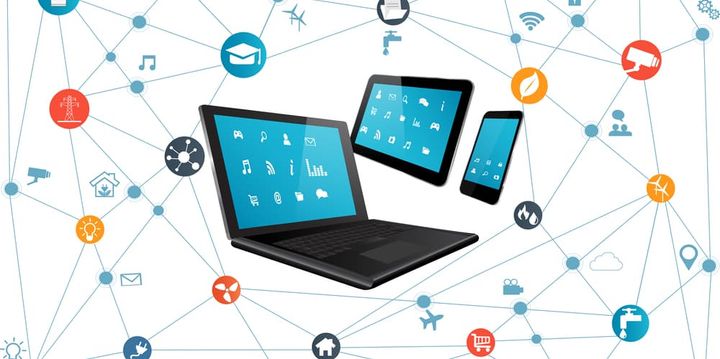5 Best Linux IoT Device Management Platforms for Seamless Monitoring and Control
Discover how these platforms can help you scale effortlessly, enhance security, and streamline your IoT operations. Whether you're managing a few devices or thousands, this guide will help you choose the right platform to keep your IoT deployments running smoothly.

According to the 2023 Eclipse Foundation IoT Developer Survey, Linux is the top choice for IoT gateways and edge nodes, with 59% of respondents selecting it as their preferred platform. With the number of connected IoT devices projected to reach 40 billion by 2030, remote managing Linux IoT devices has become more critical than ever; it’s no longer about a few gateways —it’s about orchestrating fleets of thousands of devices AND gateways across continents, ensuring uptime, security, and scalability.
Even though at Ubidots we focus on the IoT application layer, we are heavy users of a couple of Linux IoT device management platforms that some of our clients rely on to manage their own fleets. So, we thought we’d share our impressions on this interesting but challenging market segment. The stakes are high: one mismanaged device operation can trigger a ripple effect of downtime and vulnerabilities across your entire system. That’s why finding the perfect Linux IoT device management platform is critical to your success. In this guide, we’ll explore five of the best platforms that excel in managing IoT fleets with ease, helping you stay ahead in this fast-evolving ecosystem. Let’s dive into the future of IoT device management and discover which platform is the perfect fit for your needs.
Introduction: Why Linux IoT Device Management Platforms are Key to IoT Success
Scaling is the ultimate goal for many IoT solutions, but without the right tools, things can spiral out of control. IoT device management helps organizations secure access to IoT devices, track connections, and implement strong access controls to protect sensitive data. Deploying, monitoring, and maintaining a handful of devices is one thing, but to efficiently manage devices throughout their lifecycle, including remote control, automation, configuration, and integration, is a different game altogether. This is where device management platforms come into play, becoming indispensable.
Linux-based device management platforms offer a rich toolbox designed to link your devices to the cloud as smoothly as possible. These platforms allow businesses to remotely monitor, manage, and update their devices, delivering four essential benefits:
- Focus on what matters most: Instead of reinventing the wheel by creating a custom device management solution, or manually updating each device, these platforms free you up to concentrate on your core value proposition. The time saved allows you to focus on your customers and their needs.
- Centralized operations at your fingertips: A manual approach to troubleshooting or updating devices can be impractical, especially when those devices are scattered across different geographies. A device management platform lets you monitor and control everything from a single dashboard—no matter how remote the fleet.
- Boost security: Centralizing your operations doesn’t just make management easier—it also heightens security. With remote access, you can roll out critical security updates to devices that might otherwise be left vulnerable for extended periods.
- Save time and cut costs: Beyond the technical benefits, these platforms deliver on efficiency, saving time, reducing operational complexity, and ultimately lowering costs.
With that in mind, let’s explore the top five Linux IoT device management platforms that can help you manage your fleet with precision and ease, accelerating your time to market and reducing unnecessary headaches.

Types of IoT Platforms: Understanding Where Device Management Fits In
The IoT value chain stretches from the very foundation—semiconductors—to the cloud, connecting devices, gathering data, and enabling smart applications that drive business outcomes. IoT platforms play a crucial role in this process, so understanding the different types is essential to knowing where device management fits into the larger picture.
- Connectivity Management Platforms (CMPs): Device connectivity plays a vital role in enabling secure communication and integration within IoT applications. CMPs ensure that devices stay online, managing the cellular, Wi-Fi, or LPWAN connections needed to link devices to the cloud.
- Device Management Platforms: IoT device management software to handle the provisioning, configuration, monitoring, and maintenance of IoT devices, ensuring fleets remain operational and secure.
- Data Management Platforms: Enable iot data collection, storage, and processing, coming from IoT devices. They help process data for further analysis and decision-making in the upper layers.
- Application Enablement Platforms (AEPs) like Ubidots provide the tools to build, deploy, and scale IoT applications with drag-and-drop simplicity, allowing businesses to serve their customers with custom applications.
- Advanced Analytics Platforms go a step further by applying machine learning and AI to IoT data, unlocking insights that drive predictive maintenance, optimization, and automation.
IoT device management platforms are the backbone of IoT operations. Without proper management, a fleet of thousands of devices can become a logistical nightmare, prone to failures, vulnerabilities, and inefficiencies. From provisioning devices in the field to updating firmware remotely, these platforms provide the control and oversight needed to keep operations running smoothly. These platforms also ensure that security patches are deployed in a timely manner, minimizing risks in an environment where vulnerabilities can spread quickly.
Device management software is crucial for managing and monitoring various industrial IoT devices, enhancing operational efficiency, ensuring data security, and supporting adaptability to changing business models. The Internet of Things (IoT) plays a significant role in enhancing Product Lifecycle Management by facilitating the tracking, monitoring, and analysis of connected devices, enabling organizations to efficiently handle substantial data generated by these technologies.
What to Look for in a Linux IoT Device Management Platform
Why Linux is Perfect for Embedded IoT Devices
Linux has become the go-to operating system for embedded IoT devices, and it’s not hard to see why. Its open-source nature, flexibility, and strong developer community make it ideal for the wide-ranging demands of IoT projects. When selecting a device management platform for Linux-based IoT, there are several factors that can make or break the effectiveness of your deployment.
Secure Remote Access to Linux Devices
One of the biggest advantages of Linux is its unmatched flexibility. As IoT developers, we rely on this versatility to shape our projects without restrictions. The ability to log into devices remotely and maintain full control—without compromising security—is essential for solving both present and future project requirements. Some proprietary IoT platforms, like Robustel’s RCMS, may limit your ability to upload custom scripts or tweak specific device settings, which can hinder your ability to quickly customize applications or handle unique data processing needs. A good Linux IoT device management platform gives you that control while keeping security at the forefront; even though remote versatility is important, ensuring that only authorized devices are integrated into the IoT network is crucial to prevent potential intrusions and safeguard proprietary information.
Security Through Containerized Applications
Security is a non-negotiable in IoT, especially when dealing with fleets of devices. Running containerized applications on your Linux devices allows you to securely manage code, ensuring it operates in isolation from the device’s core functions like IO, connectivity, or other critical applications. This structure protects your devices from potential vulnerabilities and offers an extra layer of defense in case a specific container faces issues. A robust Linux IoT platform ensures you can deploy these containers easily and securely, without risking the overall integrity of your fleet.
Scalability to Manage Growing IoT Fleets
Scalability is key when managing a device fleet of IoT devices. As your deployment grows, you need the ability to segment your devices into different groups and execute selective operations, like performing firmware or packet upgrades remotely. This not only saves time but ensures that you can maintain a consistent firmware version across all devices. Additionally, the ability to define global variables from the cloud simplifies scaling, making it easier to apply changes across an entire deployment without individual intervention on each device. A scalable Linux IoT management platform should allow you to streamline these processes, enabling growth without unnecessary complexity.
Ease of Use: Simplifying Shared Management
Ease of use is sometimes overlooked, especially by seasoned IoT developers who are used to managing complex systems. However, having a simple and intuitive platform ensures smoother collaboration across teams and accelerates onboarding for new devices in the future. A user-friendly device management platform allows shared management and communication, reducing friction and helping projects move faster. Even with the advanced features that Linux offers, having a platform that balances power with usability is essential for long-term success. The simpler it is to manage, the more you can focus on innovation rather than troubleshooting.
When selecting a Linux IoT device management platform, it’s all about striking the right balance between control, security, scalability, and ease of use. Each of these factors contributes to how smoothly you can manage and grow your IoT deployment while keeping everything secure and operational.
The 5 Best Linux IoT Device Management Platforms for Seamless Monitoring and Control
1. Balena: Flexible IoT Fleet Management for Every Scale
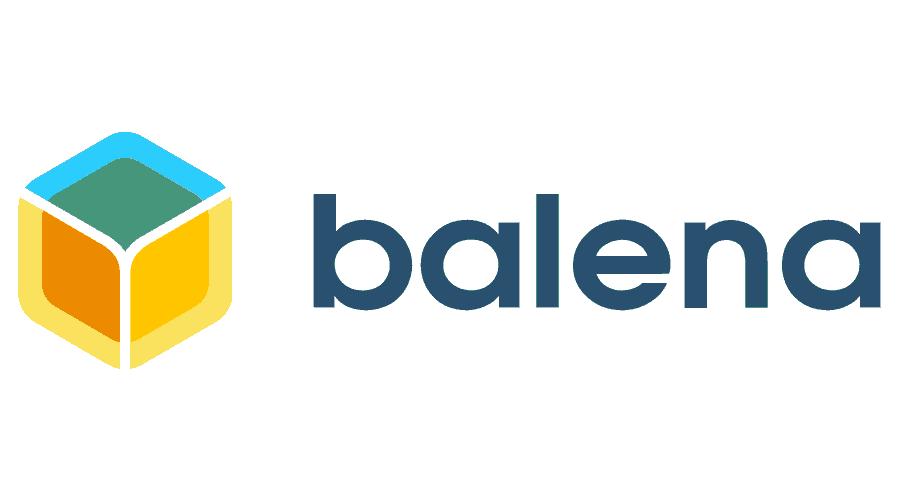
We open our list with Balena, a company that offers a vast array of tools and services that, even if together work particularly well, are meant to be flexible enough for you to pick the ones that suit your needs the best.
At the center of their services is balenaCloud, a container-based platform from which you can deploy and manage your devices. It uses Docker container technology, making update deployments safe and non-disruptive. As for support, there’s no cause for concern either, since it works with 80 types of devices (including Raspberry Pi, Intel NUC, Nvidia Jetson, among others) and the language of your choice (Node.js, Python, Golang, etc.).
Going down from the cloud into the devices, you’ll come across balenaOS and balenaFin, products they’ve worked on based on their experience in this field. The first one is a minimal OS based on the open-source project Yocto, that is tailored to run containers on embedded devices. On the other hand, balenaFin is a board based on Raspberry Pi but hardened for field deployment.
Balena, in short, ticks all the boxes in this category by making device management simple and thorough, whether it’s exclusively with their tools or integrating them with others.
The first 10 devices you use with them are fully featured and free. Beyond that, plans vary depending on the number of devices, users that have access to the account, and the type of support offered. Plans range between 188 USD up to 1,439/month USD, with the option of crafting a custom plan for larger operations.
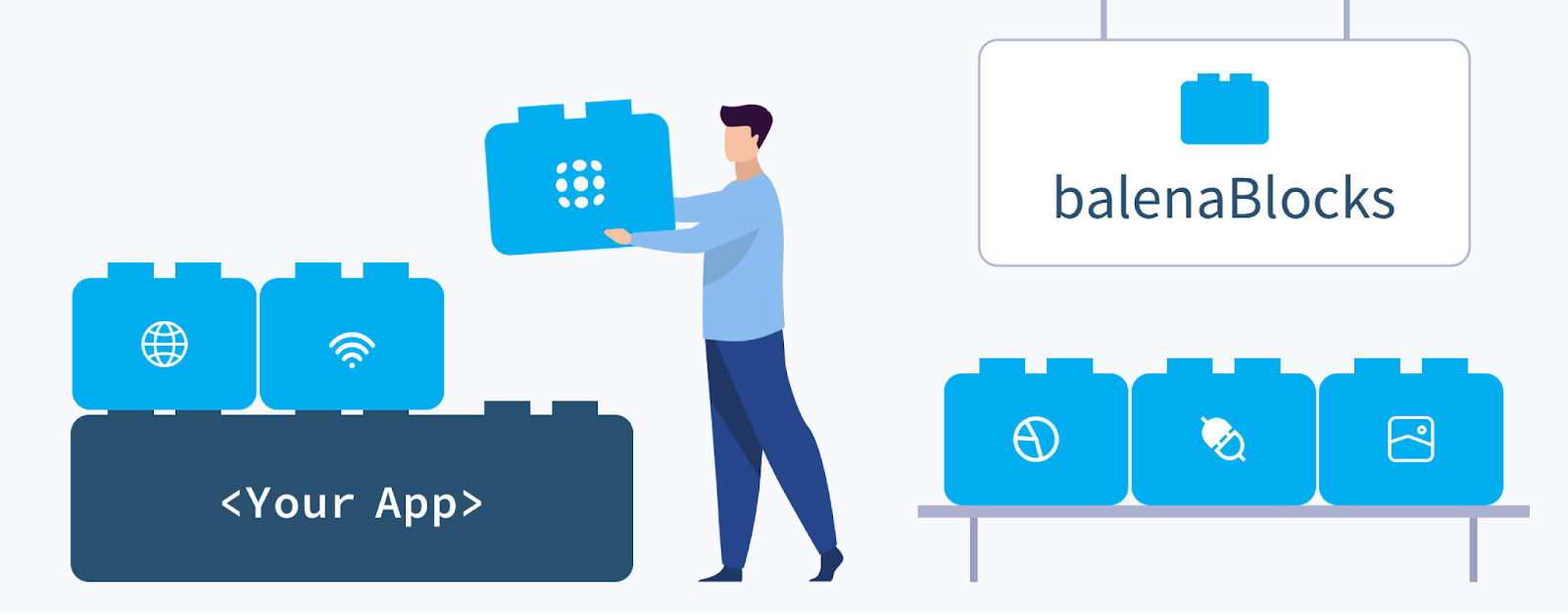
- Connect your balena App to Ubidots using balenaBlocks
- Send data from a Raspberry Pi to Ubidots, using Balena
2. AWS IoT Device Management: Trusted by Industry Giants
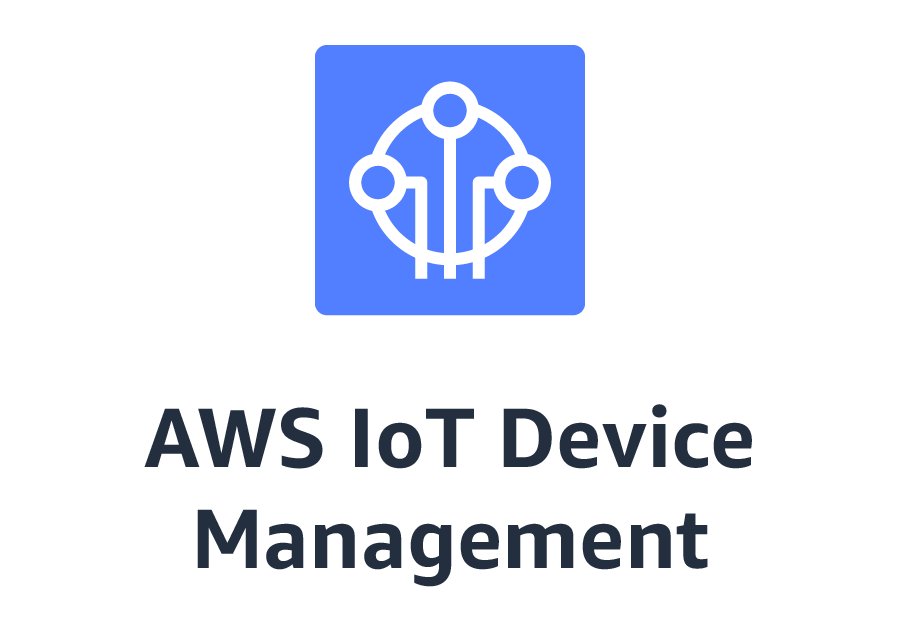
Amazon Web Services has a complete ecosystem of tools for IoT, which includes AWS IoT Device Management, a platform in which you can register, monitor, and manage your fleet of devices at scale. If you already use AWS IoT Core (cloud service) or your devices connect to a gateway with AWS Greengrass technology, you can use this management platform.
Registering devices in bulk only requires uploading templates that contain information like device manufacturer, serial number or security policies and then configuring the fleet with that information from the console.

It allows you to group your fleet according to your needs — whether it's based on function, location, or security requirements. Then, those groups can be the subject of specific actions that won't affect other groups.
When it comes to the management itself, with AWS IoT Device Management you can carry out actions like software and firmware updates, setting failure thresholds and device rebooting.
As with other AWS services, their policy for the AWS IoT Device Management is to charge based on what you use: the number of devices you register, and the number of remote actions done in a month.
Qbee.io: Tailored for Remote Monitoring and Edge Devices
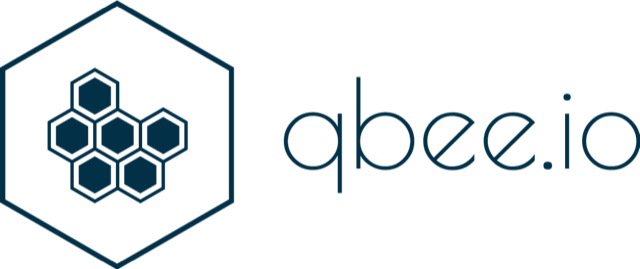
Another appealing option is Qbee.io, a robust device management platform that can either take your POC to the next level or manage already mature and large deployments. With a complete set of tools and an emphasis on flexibility, Qbee allows you to easily deploy, manage, and monitor device fleets.
Qbee not only conveniently delivers thorough OTA updates, but also keeps your operation secure and up to date thanks to the constant checks it performs on any libraries for current or future CVE vulnerabilities. On top of this, Qbee’s self-healing agent ensures the preservation of the defined configuration even if the network is down.
While it keeps your operation secure and updated, Qbee also monitors key resources such as ports, logs, bandwidth consumption, operational information, users, and metric data to detect performance issues or memory leaks.
Qbee also offers flexible VPN connections to any port on your edge devices that can be dynamically switched based on your needs. In Qbee, this flexibility also extends to the target of your actions, since you can run commands or scripts on your whole fleet, a group of devices or just one.
Apart from a free option that includes 2 devices, Qbee offers three plans that start at 89 USD/month. Paid licenses include 20 devices, a number that can be increased in the two highest plans for $0.30/month.
Azure IoT Hub: Microsoft’s Powerhouse for IoT Management
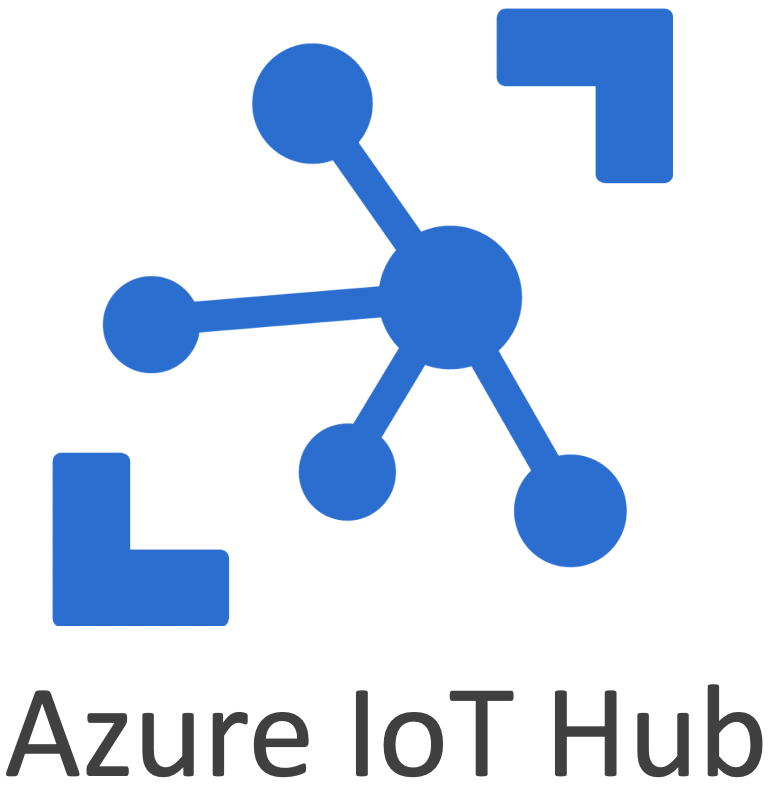
On the side of Microsoft, we find Azure IoT Hub, a platform to operate, maintain and update devices in a scalable manner. It provides an end-to-end update solution that enables customers to manage and deploy OTA updates.
They’ve set out to introduce a link in their Azure stack of IoT services that enables users to establish safe and reliable communications with their fleet. This is achieved by bringing the best of Windows Updates like scalability, reliability, and security into IoT. The ability to update devices, even in the absence of reliable connection, is enhanced by resilient download and on-network cache offering.
In terms of safety, it provides you with per-device security credentials and access control and the option to revoke access rights for specific devices. Also, the connection to networks or services is always overseen, as to avoid unsolicited or risky connections.
Their pricing depends on the number of IoT Hub units you use and the number of messages that are sent through each of those units a day, ranging from $10 to $2,500.
JFrog Connect (Formerly Upswift): Simple, Scalable, Secure

With the acquisition of Upswift, JFrog offers this complete management platform that centers on the idea of making remote device monitoring and OTA software updates as seamless and easy as possible.
JFrog Connect is a platform that closes the distance between you and your edge devices by allowing you to group and arrange them as you see fit, giving you a panoramic view of their processes, resources, and data. It also offers easy control and access to the device to deliver updates or do troubleshooting.
Aside from scheduled updates, the software intervention you carry on can also be prompted by alerts given by the platform based on your configuration. Additionally, their software includes an agent service that will intervene in some cases: for example, if there’s a problem with an update the agent will roll back the deployment to the last working version automatically.
You can use JFrog Connect through one of their plans that range from 99 USD/month up to a custom plan, all of which vary according to the capacity and scale of your operation.
Comparative Overview: Which Platform Fits Your Needs?
When it comes to managing IoT devices, choosing the right platform can make all the difference. Each platform offers unique strengths, from scalability and ease of use to security features and advanced customization options. In the table below, we’ve compared the top Linux IoT device management platforms side by side, helping you find the one that best fits your specific needs and deployment size.
*Prices may change over time depending on each platform’s policies.
The Future of Linux IoT Device Management: 3 Trends to Watch
1. Edge Computing and Its Growing Importance in Smart Manufacturing
As Industry 4.0 continues to reshape the manufacturing landscape, edge computing has become a pivotal technology. Traditional SCADA systems, once the cornerstone of factory automation, are now being enhanced with IoT gateways to create cloud-based SCADAs. This evolution enables remote monitoring, real-time analytics, and predictive maintenance, pushing digital transformation to the forefront of the manufacturing sector. Legacy gateways are increasingly being replaced by Linux-powered ones, due to their flexibility, scalability, and ability to support modern IoT workloads. By running edge computing workloads directly on these devices, manufacturers can reduce latency and gain more control over their operations. As factories become smarter, Linux will play a central role in this transformation, allowing seamless integration with the cloud while maintaining on-site intelligence.
2. AI-Driven at the Edge
AI is no longer confined to data centers or cloud platforms—it’s making its way to the edge. The next wave of IoT innovation will be fueled by AI advancements, enabling real-time processing and decision-making right at the device level. For instance, enhanced image processing and voice recognition will allow smart devices to analyze visual data or respond to voice commands instantly, unlocking new growth opportunities. Whether it’s quality control in manufacturing or automating workflows in real-time, AI at the edge reduces reliance on cloud infrastructure and provides businesses with faster, smarter insights. Linux IoT device management platforms are set to be key enablers of this shift, allowing businesses to deploy, manage, and scale AI-driven applications without sacrificing performance.
3. Lower Cost of Linux-compatible CPUs: Driving IoT Adoption
The cost of IoT hardware continues to drop, further fueling adoption. Companies like Teltonika and GL.iNet are already offering fully-fledged, rugged Linux devices for under $100. This democratization of IoT technology means that applications once considered cost-prohibitive are now within reach for businesses of all sizes. As devices become more affordable, the need for effective device management solutions grows, especially for Linux-powered IoT ecosystems. Lower costs are driving demand for IoT deployments in smart cities, industrial automation, and even agriculture, opening up a world of possibilities. Linux’s flexibility and compatibility with a wide range of hardware make it an ideal foundation for this new generation of devices, allowing businesses to scale without breaking the bank.
The future of Linux IoT device management looks bright, with edge computing, AI, and affordable hardware paving the way for continued innovation. Whether it’s transforming legacy systems in smart factories or enabling new applications through AI at the edge, Linux will remain at the heart of IoT deployments, ensuring that businesses can manage their fleets with precision, security, and scalability.
Conclusion: Choosing the Best Linux IoT Device Management Platform for Your Needs
As the IoT landscape continues to expand, choosing the right device management platform is no longer a luxury—it’s a necessity. From scaling operations across thousands of devices to ensuring that each node is secure and up-to-date, the right platform can make all the difference. Whether you're looking for the flexibility of Balena, the scalability and reliability of AWS IoT Device Management, the edge-focused capabilities of Qbee.io, the security-first approach of JFrog Connect, or the comprehensive tools offered by Azure IoT Hub, each platform has its unique strengths.
Your choice will ultimately depend on your specific needs—whether that’s handling large fleets, integrating with cloud platforms, or deploying AI-driven edge computing. What’s clear is that Linux will remain at the core of IoT device management, offering the flexibility, security, and scalability needed for the future of IoT. By leveraging one of these top Linux IoT device management platforms, you can stay ahead of the curve, ensuring that your IoT deployments are not only efficient but also future-proof.
The future of IoT is about more than just keeping devices online; it’s about managing them intelligently, securely, and at scale. With the right platform, you can unlock the full potential of your IoT ecosystem.
Frequently asked questions
What is IoT Device Management?
IoT device management refers to the processes and tools used to securely onboard, monitor, update, and maintain connected devices in an IoT network. Understanding how IoT device management works involves overseeing the complete lifecycle of IoT devices. During the onboarding process, it is crucial to authenticate only authorized devices to ensure that only those which have been duly verified can join the network, thereby preventing unauthorized access and protecting sensitive information. It applies not only to devices running operating systems like Linux but also to deeply embedded systems running minimal code, often in C, with no OS at all. These platforms ensure that fleets of devices, no matter how diverse, can be managed efficiently, allowing businesses to focus on what matters most: delivering value through their IoT solutions.
Is Linux Used in IoT Devices?
Yes, Linux is widely used in IoT devices, particularly in gateways and edge nodes where flexibility and scalability are required. Its open-source nature, extensive community support, and powerful customization options make it an ideal choice for embedded devices that need to handle complex workloads, connect to the cloud, or even run AI-driven applications. Linux’s ability to operate on low-cost hardware also makes it a popular option in many IoT deployments.
What is Linux IoT Device Management?
Linux IoT device management involves using platforms that enable the monitoring, updating, and control of IoT devices running Linux-based operating systems. These platforms allow administrators to manage software updates, perform remote diagnostics, ensure security compliance, and even deploy AI-driven workloads at the edge. The flexibility of Linux allows developers to have granular control over their devices, making it a popular choice for scalable IoT deployments.
Which Platform is Used in Linux IoT Device Management?
There are several platforms that specialize in Linux IoT device management, such as AWS IoT Device Management, Azure IoT Hub, and Balena. These platforms allow you to remotely manage, update, and control your Linux-based devices from a centralized dashboard. They also offer key features like over-the-air (OTA) updates, security patching, and performance monitoring, making them indispensable for managing large fleets of IoT devices.
What Are the Benefits of Using a Device Management Platform?
As we’ve discussed in this post, using a device management platform offers four major benefits:
- Focus on your value proposition: By relying on a platform, you can focus on the core features of your product rather than spending time and resources developing custom device management solutions.
- Centralized operations: Managing your devices from a single dashboard allows you to troubleshoot, update, and monitor multiple devices without needing to be physically present.
- Enhancing security: These platforms help deploy security patches and monitor vulnerabilities, keeping your IoT devices safe from threats.
- Saving time and resources: These platforms simplify complex tasks, making it faster to scale your deployment and manage large fleets of devices efficiently.
Could you build your own solution and manage your fleet yourself? Maybe. But why risk running into operational problems or overburdening your resources when there are platforms designed to handle exactly that, allowing you to focus on your business instead?
How Much Do IoT Linux Device Management Platforms Cost?
Most IoT Linux device management platforms offer free trials or tiered pricing models based on the number of devices you need to manage. For instance, AWS IoT Device Management offers a unique pricing model based on your usage, making it flexible for businesses of all sizes. The exact cost will depend on factors such as the number of devices, frequency of updates, and additional services like analytics or AI integration.
What is an IoT Platform?
An IoT platform is a suite of tools and services that allow businesses to develop, manage, and scale their IoT solutions. It connects devices to the cloud, collects data, provides analytics, and enables remote device management. Whether you’re handling a few devices or thousands, IoT platforms help businesses streamline their operations, enhance security, and make data-driven decisions.
What Are the Five Types of IoT Platforms?
In this article, we’ve mentioned five core types of IoT platforms, each playing a different role in an IoT deployment:
- Connectivity Management Platforms (CMPs): Device connectivity plays a vital role in enabling secure communication and integration within IoT applications. CMPs ensure that IoT devices remain connected through cellular, Wi-Fi, or LPWAN networks, managing the flow of data between devices and the cloud.
- Device Management Platforms: Handle the onboarding, updating, monitoring, and maintaining of IoT devices remotely, ensuring fleets operate securely and efficiently.
- Data Management Platforms: Collect, store, and process the data generated by IoT devices, preparing it for analysis and decision-making.
- Application Enablement Platforms (AEPs): Provide the tools needed to build, deploy, and manage IoT applications, offering drag-and-drop simplicity to non-technical users.
- Advanced Analytics Platforms: Apply machine learning and AI to IoT data, delivering actionable insights that help optimize operations, predict maintenance needs, and improve overall efficiency.
What is an IoT Connectivity Management Platform?
An IoT connectivity management platform focuses on ensuring that your devices stay connected to the internet or other networks reliably. It handles the complexities of managing cellular connections, Wi-Fi, LPWAN, or even satellite communication, ensuring that your devices can communicate with the cloud or other services without interruption. This platform is essential for managing data flow, monitoring network performance, and resolving connectivity issues in large-scale IoT deployments.

